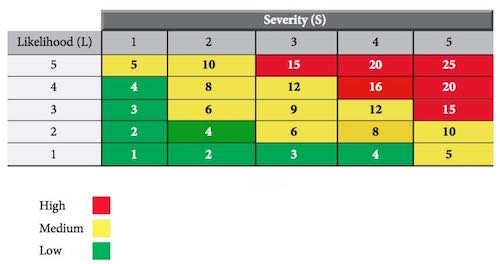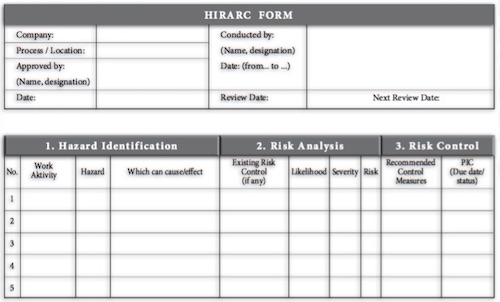In this era, the safety and health of workers is no longer regarded as a separate element because it is closely related to each other. Unsafe workplace increases the risk of accidents and injuries that would affect health. At the same time, less healthy workers are more likely to have an accident. The aims of the Act, regulations and guidelines is to create a culture of safe and healthy work among all workers and employers in the workplace.
Safety in the workplace is the prevention of accidents, injuries or illnesses among workers or other people who were at work. In addition to preserving the life and health of employees is the most important asset of an organisation or company. Prevention of accidents could indirectly reduce the cost of treatment, compensation, lost productivity, absenteeism, damage to property, the future of health services, disability and so on.

In short, occupational safety and health is important from the point:
- Humanitarian and moral;
- Legislation, and
- Financial.
Employer or the top management are key pillars to ensure the success of an accident prevention program in the workplace. It is closely related to the employer's knowledge of safety and health at work, attitude, commitment, hope and provisions that are willing to invest for safety and health. The management at all levels need to understand the importance of accident prevention where it is part of the main task. Employers should be knowledgeable about aspects of occupational health and safety and be able to monitor the activities carried out.
The role of workers in accident prevention is as important as the employer. Without the cooperation and support workers, all safety measures or regulations will not be able to put into practice. Employees need to take reasonable care for the safety of themselves and others at work. In addition, employees also need to cooperate and comply with the instructions of the employer or related persons.

Prevention of Accidents and Occupational Diseases is a Profitable Investment. Workplace accidents or health problems that arise as a result of an accident can be costly to an organisation. Prevention of accidents, injuries and occupational diseases not only reduce costs, but also improve the performance of the organisation.
For example:
- Healthy employees are more productive and produce better quality workmanship.
- Reduction of accidents and health problems related to employment can reduce medical leave. Thereby reducing the cost and not disrupt production.
- Equipment and optimal working environment with employees able to improve productivity, quality and reduce health and safety risks.
- The reduction in accidents and health problems related to employment can reduce damage and minimise the risk of incurring losses.












